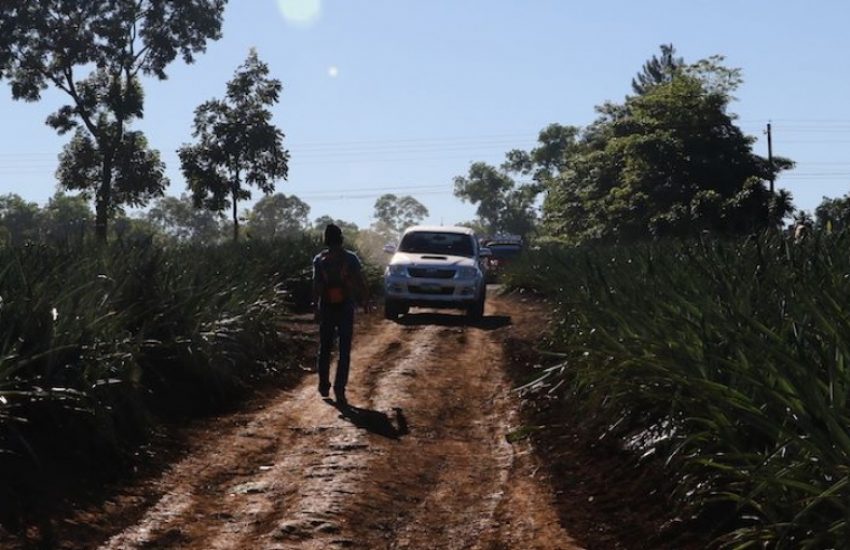The Green Livelihoods Alliance stands in solidarity with…
11 March, 2025

Tuesday 29 january 2019
Header photo: CDO Basin © IUCN NL
Hurricanes regularly ravage the islands of The Philippines. One of the most vulnerable regions is the catchment of the Cagayan de Oro River, on the north coast of the island of Mindanao. Over the past decades, much forest has been converted to agriculture to meet the needs of expanding plantations. With the disappearance of the vegetation, the natural protection against flooding and mudflows has diminished as well. In 2011, the typhoon Washi (local name Sendong) scoured the barren hills of Cagayan de Oro, causing a great deal of damage and casualties.
The enormous havoc caused by Washi has opened many people’s eyes to the need to tackle erosion, deforestation and land degradation. With the support of IUCN NL, the Cagayan Oro River Basin Management Board was reactivated in 2012. In the Management Board, nature organizations, universities, companies, communities and local authorities are working together on restoring natural climate buffers that offer much-needed protection against the increasingly severe impacts of climate change.
However, restoring these natural buffers requires funds. Using the Landscape Investment and Finance Tool, developed by IUCN NL and EcoAgriculture Partners, local partner organization Samdhana Institute developed a feasible, scalable business model. By reforesting the bare hills with native tree species, the natural forest is restored. On top of that, for every 750 native trees, 600 cocoa trees are planted. The cocoa production provides revenue which, over time, results in a financial return on investment.
In addition, reforestation itself also provides useful services for companies based in the region. The tree roots hold the soil in place, preventing it from washing away. This is a huge benefit for local fruit grower Delmonte.
The combined business model offers multiple returns: the local population enjoys improved protection against flooding caused by climate change; nature can thrive again; and the sale of cocoa beans yields income. The investment model has proven its appeal: Samdhana has found a local bank willing to invest in the combination of cocoa plantation and reforestation.
11 March, 2025
The escalation of violence since January 2025 in the eastern Democratic Republic of Congo (DRC) is displacing hundreds of thousands…
08 March, 2025
Today, on the 8th of March, we celebrate International Women's Day, with ‘For ALL women and girls: Rights. Equality. Empowerment.’…
